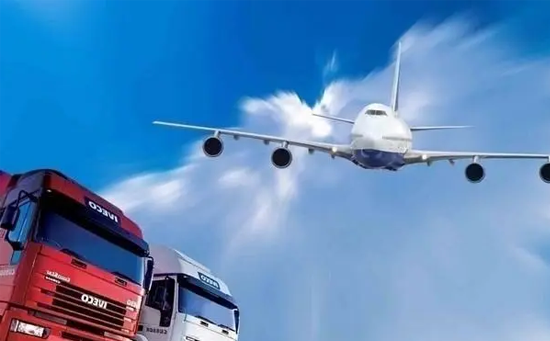1. Compliance
All international and national laws and regulations must be complied with when importing and exporting air cargo. The goods must comply with national import and export regulations and restrictions. In addition, all airline and airport regulations must be observed: the airline has the right to inspect the cargo, while the airport has the right to conduct security checks on the cargo.
2. Document preparation and customs clearance
Preparing proper documents is the most important step in the import and export process. These documents include commercial invoices, bills of lading, contracts of carriage, insurance policies, etc. These documents must be accurate and submitted on time for customs clearance and shipment. In the process of document preparation, the applicant should understand the regulations of the destination country and contact the local customs clearance agent.
3. Packaging and labeling
Proper packaging and marking can prevent the goods from being damaged or lost during transit. The goods must be properly packed to prevent damage, especially in the case of spilling, squeezing and jolting that may occur during transit. In addition, the destination address, contact information and other information must be marked on the packaging box, so that the Courier company or local customs clearance agents can correctly identify and handle the goods.

4. Item restriction and supervision
Certain items are prohibited or restricted for air transport, such as flammable, explosive, drugs, dangerous goods, etc. In addition, certain items may require a special license to be allowed in and out of certain countries. Therefore, before engaging in the import and export of air cargo, it is necessary to carefully check the regulations and restrictions of the destination country or region.
5. Flight plan and mode of transportation
Choosing the right flight is very important, you must consider the time of the flight, the route, the mode of transportation and the destination. In addition, it is necessary to carefully understand the transport policy of the selected airline, including cargo handling methods, insurance provisions and refund policies. In all cases, the right mode of transport and the right flight should be selected to ensure the safe and punctual arrival of the goods.
Conclusion:
To sum up, air cargo import and export is a process involving many complex details. In order to successfully complete this process, the key is to adhere to compliance, prepare the necessary documentation and customs clearance procedures, pack, mark, carefully screen item restrictions and regulations, and select the appropriate flight plan and mode of transportation. A commitment to the effective management of these details will ensure the safety, on-time arrival and smooth flow of goods throughout the import and export process.


